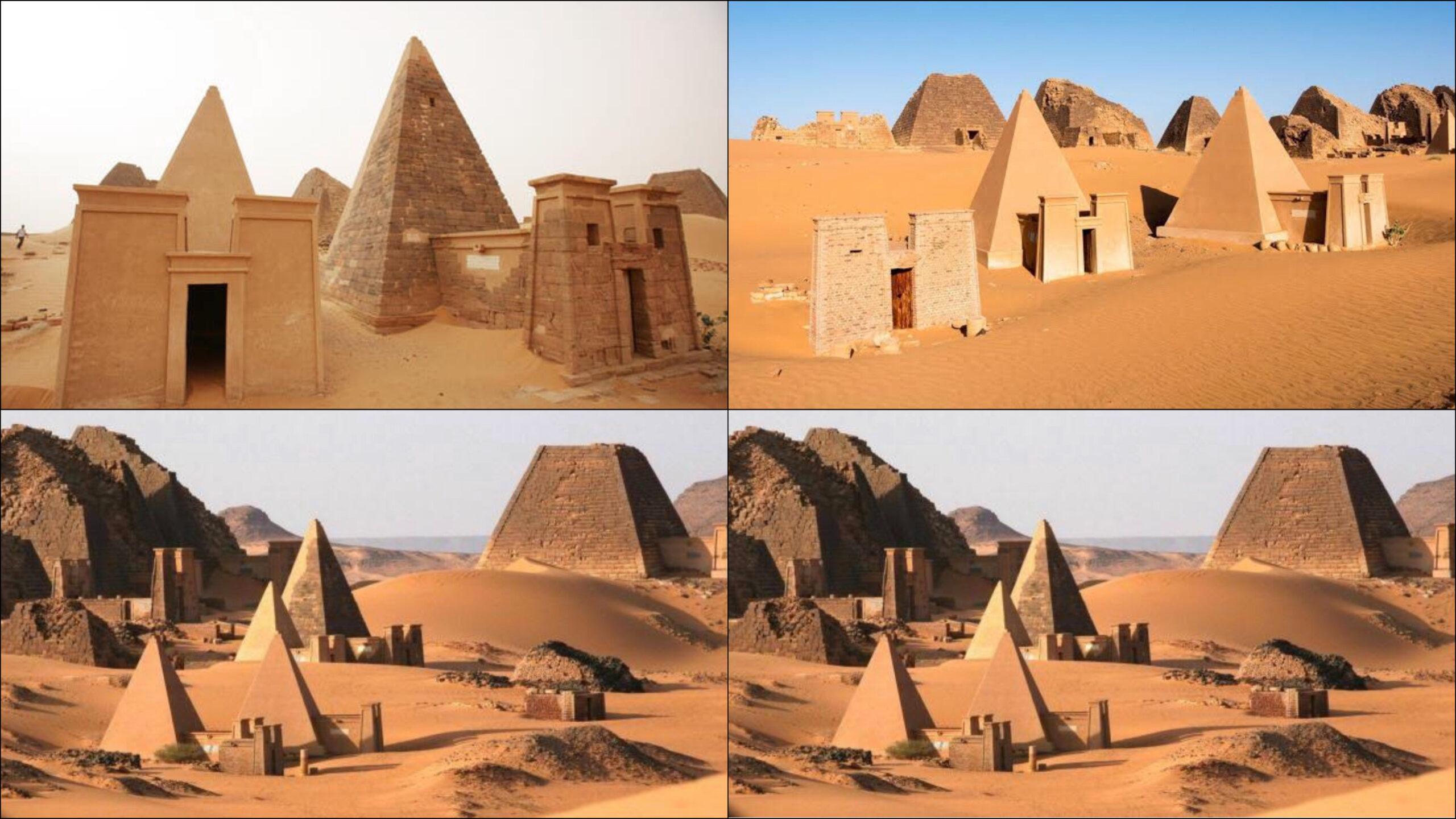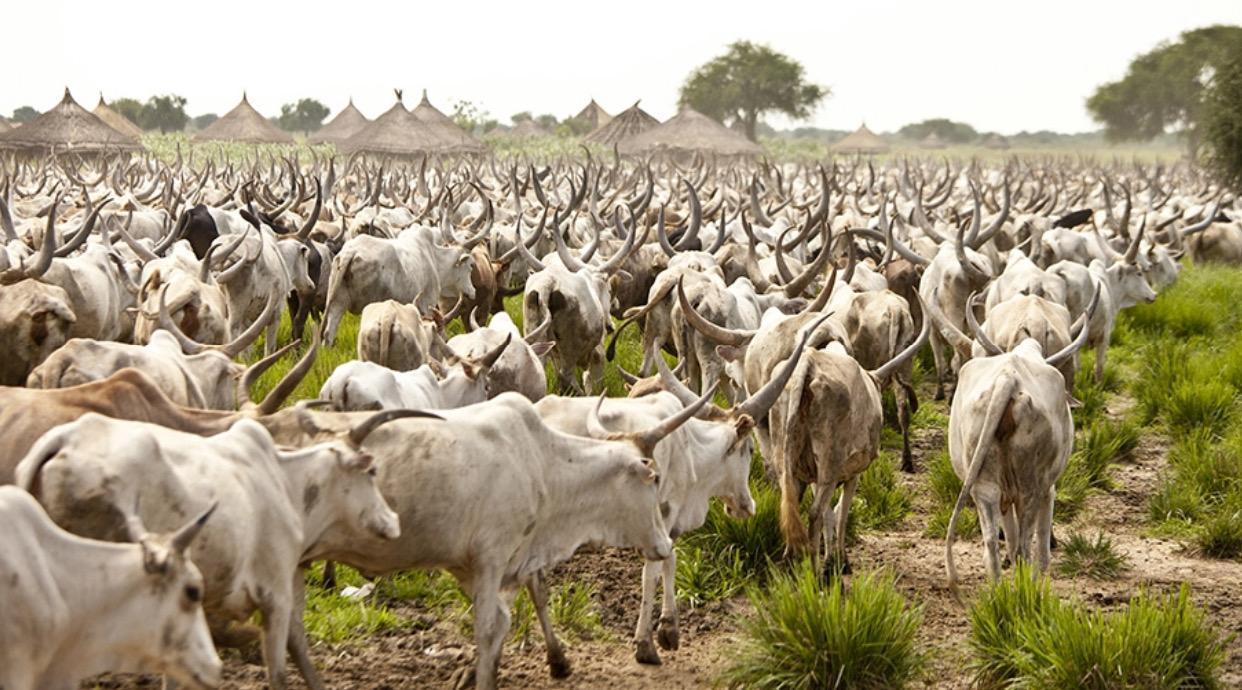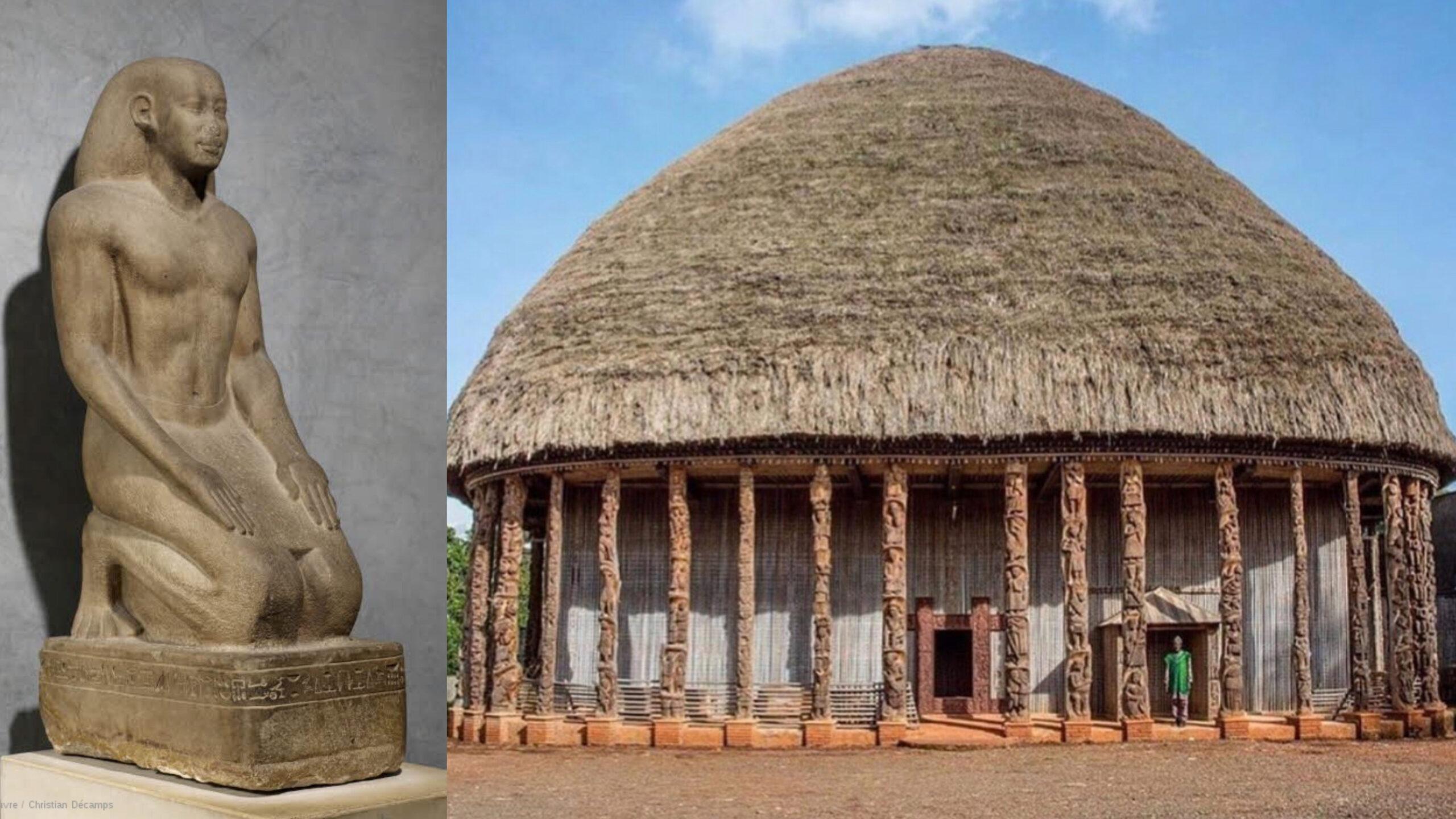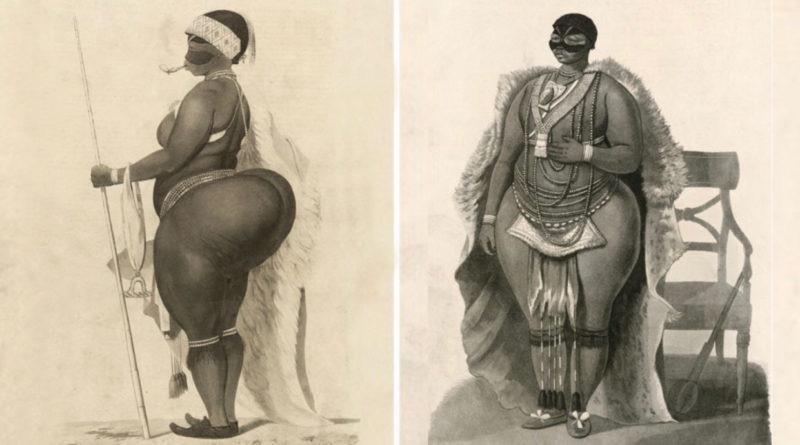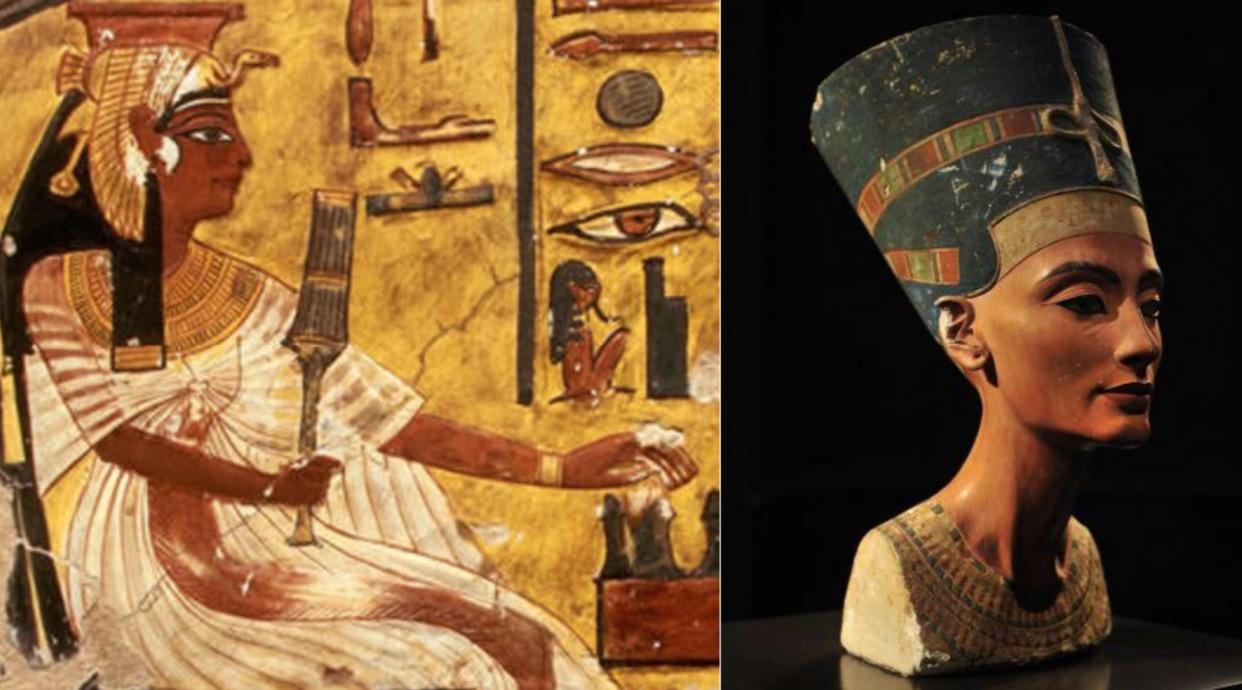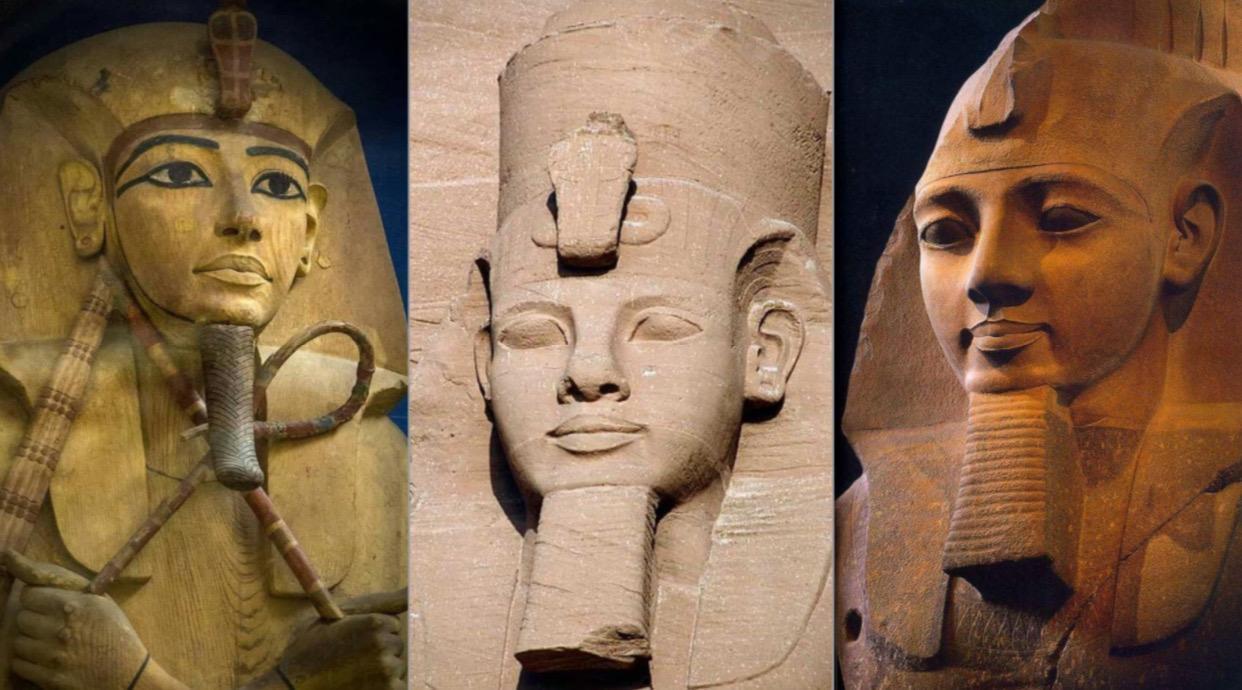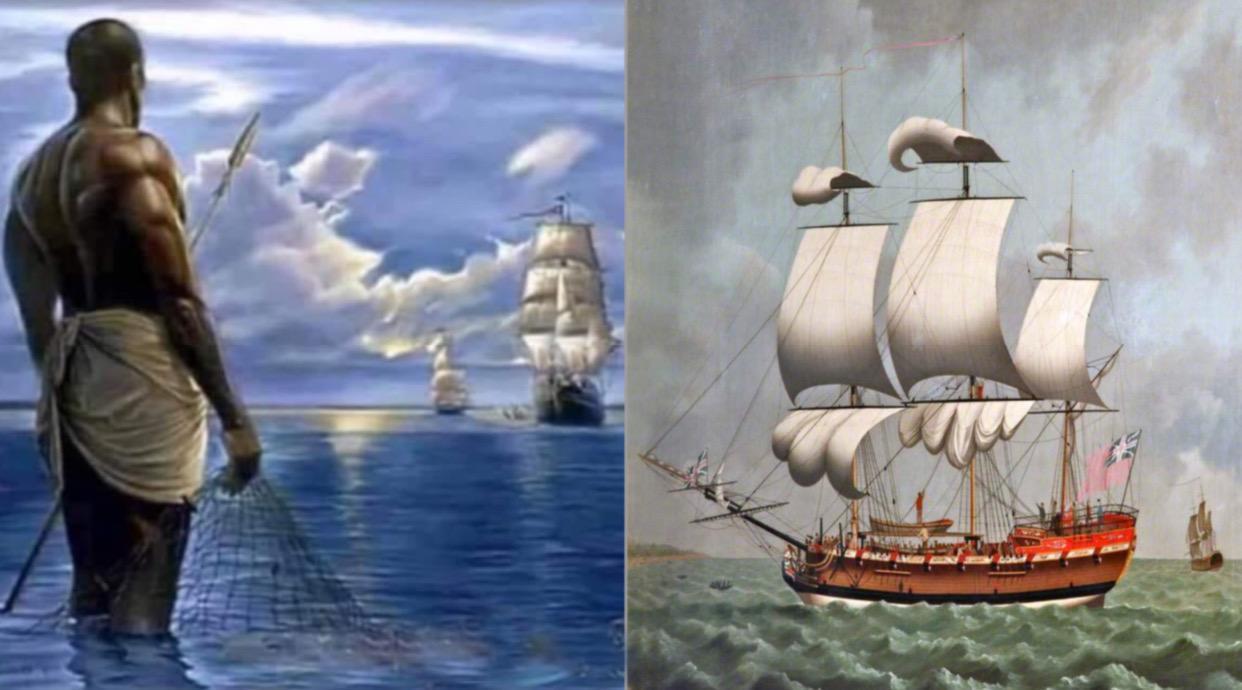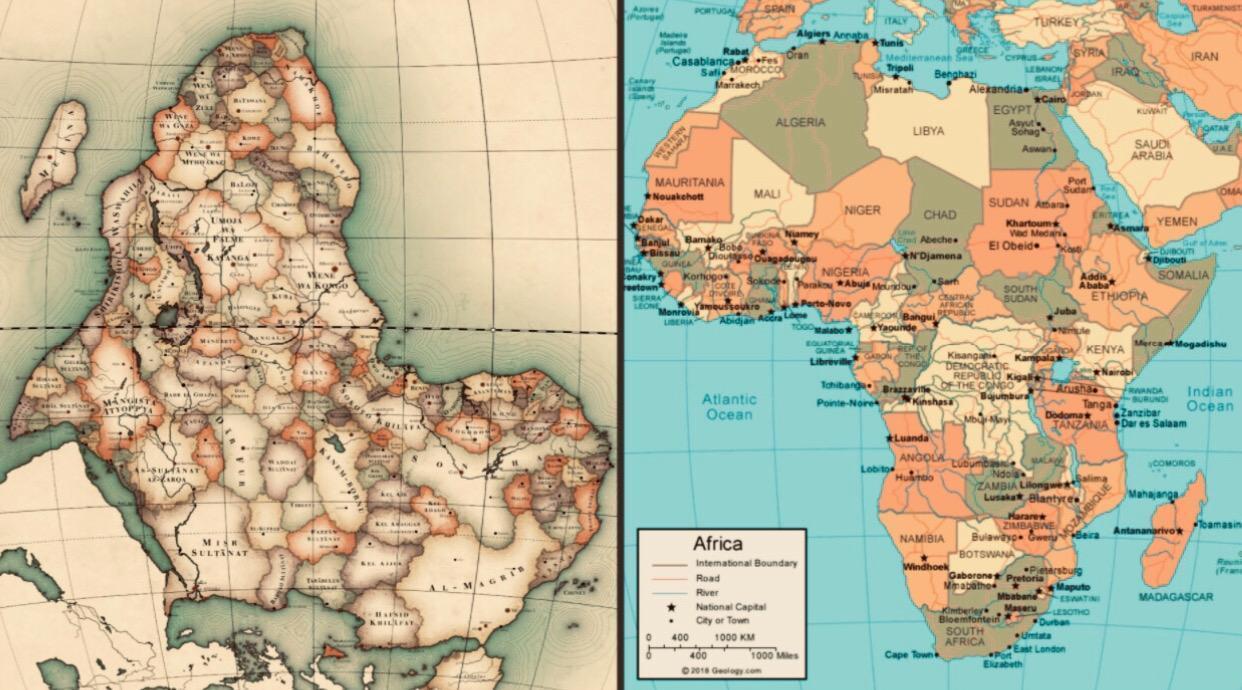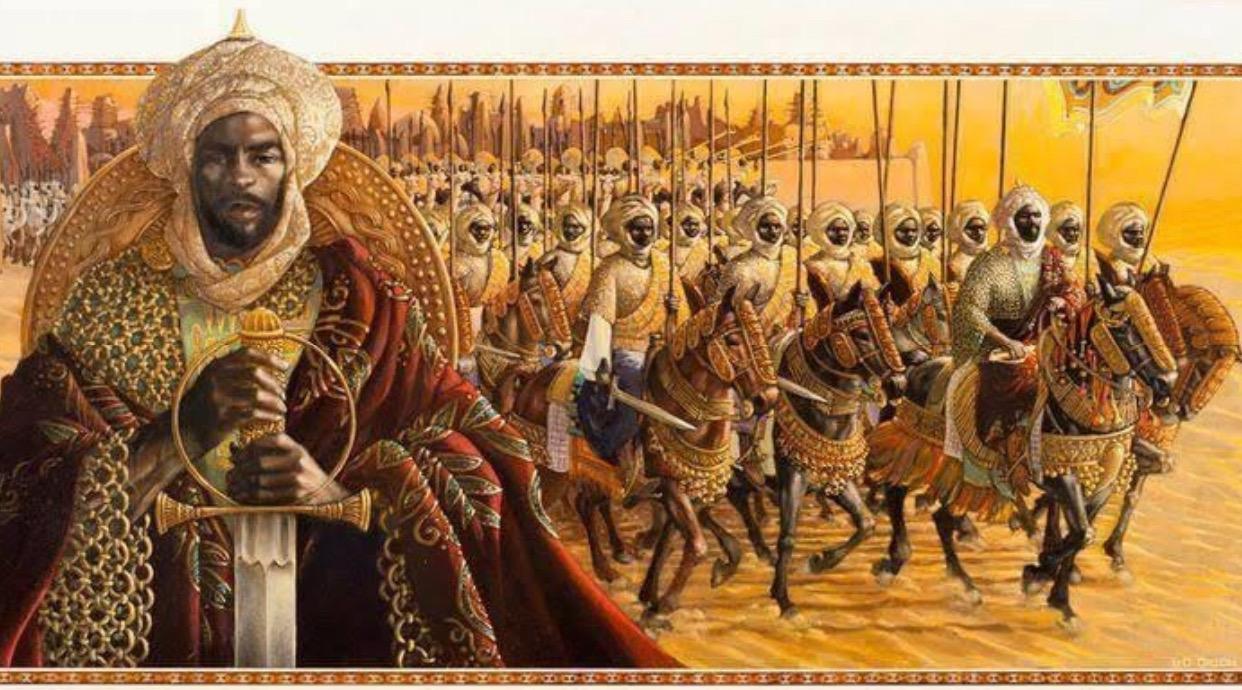Did you know that there are more pyramids outside Egypt? The undisputed kings of the pyramid-building world, in number at least, were from the Kush Empire. The truth is that pyramids at Meroe, modern Sudan, were built between 2,700 and 2,300 years ago. This civilisation arose after the fall of the 24th Dynasty of Egypt in c.1000 BC, and ruled …
Read More »The African History
700,000 Ancient African Books survived in Timbuktu University, Mali
Many writers on African history did not believe until recently that African societies had any sort of tradition of writing. This idea has gradually lost recognition since the rediscovery of ancient collections of manuscripts, some dating back to at least the 8th century A.D. In present-day Ethiopia, about 250,000 old manuscripts from the Timbuktu libraries survive. Also, at the southern …
Read More »South Sudan has more cows than humans (57 million cattle, goats, sheep & 11 million people)
According to a Food and Agriculture Administration (FAO) report, “South Sudan’s livestock population is estimated at 12 million cattle, 20 million sheep and 25 million goats according to the National Ministry of Livestock and Fisheries Industry, making it a world leader in terms of animal wealth per capita”. In 2018, South Sudan had an estimated population of 10.98 million people. …
Read More »Ancient African Traditional Religions Before Christianity and Islamic
Today, Christianity and Islam are religions practiced by the majority of people living in Africa. But before those two religions arrived, there were several traditional religions practiced. About 10 per cent of the African population is still practicing some form of traditional religion today. There are common beliefs in Africa although the continent is a large with many different cultures …
Read More »Saartijie Baartman from Khoisan was exhibited for her large buttocks in Europe
Sarah Baartman was born in 1780, her names were Saartjie or Sawtche or Ssehura which means diminutive form. Was from the Khoikhoi nomadic ethnic group that lived in the eastern region of the Cape Colony in present day South Africa. Sarah was 4 ft 7in tall. Sarah’s life was lined with difficulties. Her mother passed away when she was only …
Read More »Queen Nefertiti, one of the most beautiful female figures from the ancient world
As King Akhenaten’s wife, Nefertiti was the queen of the 18th dynasty of Egypt, and played a significant role in Egyptian worship of the sun god Aton or Aten. Her name means “the beautiful one has come” and Egyptian reliefs and statuary still show her iconic beauty. Although much of the early life of Nefertiti is a myth, it is …
Read More »Ancient Egypt: King Ramses II “The Great” (1292 – 1186 BCE)
King Ramses II one of the greatest pharaohs who ruled Egypt, also Known as Ramesses II or Sese also called Ramesses The Great, he was the third king of the 19th dynasty (1292-1186 BCE), he was born in 1303 BC to his father the Pharaoh Sethi I and his mother Queen Tuya. He was second-in-command during his father’s military campaigns …
Read More »Jesus of Lübeck, the first slave ship to arrive in Africa in 1562
Jesus of Lübeck, the first British slave ship to arrive in Africa. The ship was chartered by Queen Elizabeth I to a group of merchants in 1563. Jesus of Lübeck was an early 16th-century carrack built in the Free City of Lübeck. Around 1540 Henry VIII, King of England, bought the ship, which had previously been used for ceremonial purposes, …
Read More »The ancient name for Africa was “Alkebulan” meaning “mother of mankind”
The name Africa is a phenomenon. Home to 1.216 billion people, the world’s second-largest population and 2nd largest continent after Asia. Africa is a renowned name that has traveled way beyond the shores of the Nile to the Atlantic and Pacific oceans. The name is one, over time that is connected to historical heritages and tied to historical revolutions. However, …
Read More »Founder of Songhai Empire, Sunni Ali “The Great” (1464 – 1492)
Sunni Ali established the West African Songhai Empire. He was best regarded as a great military leader, nicknamed Ali Ber, or “Ali the Great.” His views toward Islam are highly controversial. Nearly little is known about Ali’s early life (who received the title of sunni, or si, when he became king of Gao) except that he grown up with the …
Read More » The African History Truly African
The African History Truly African
